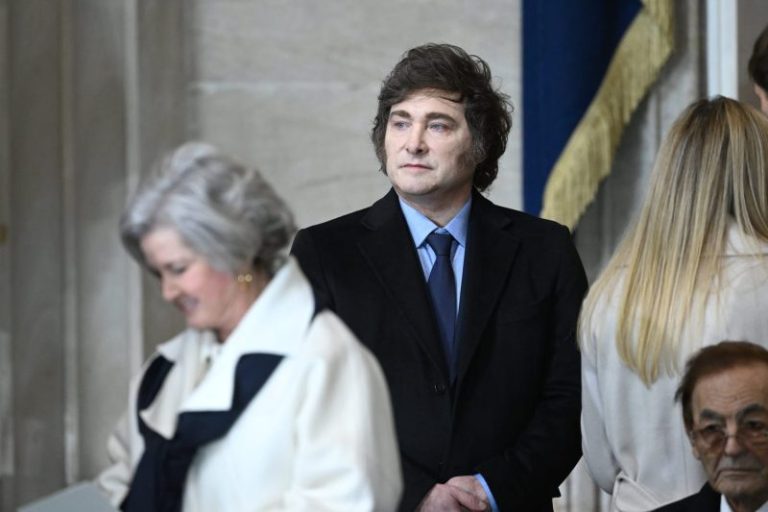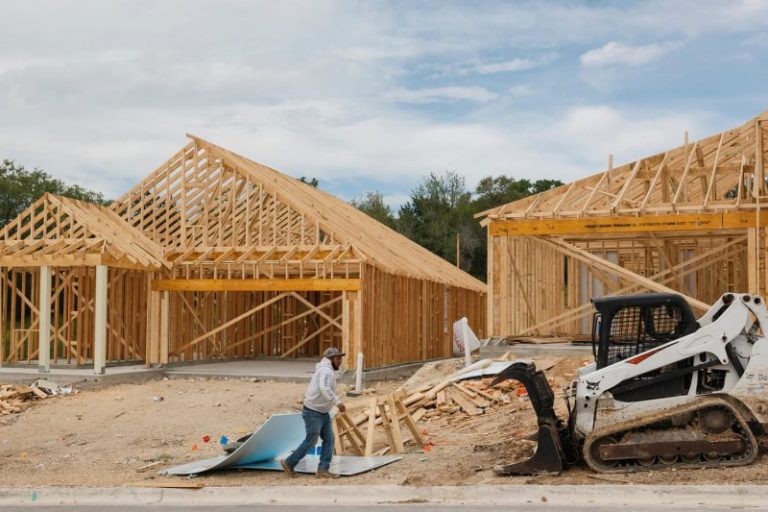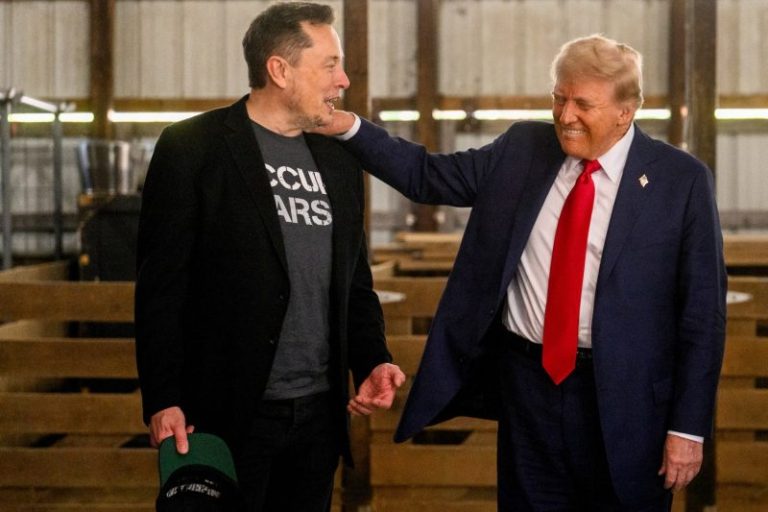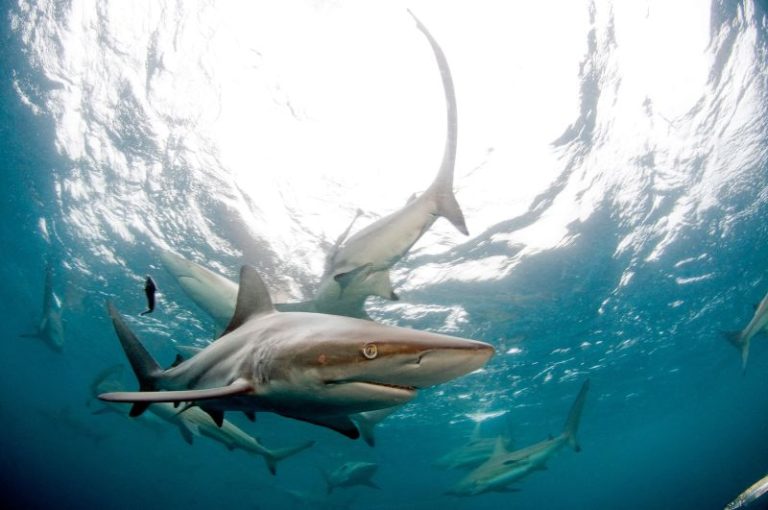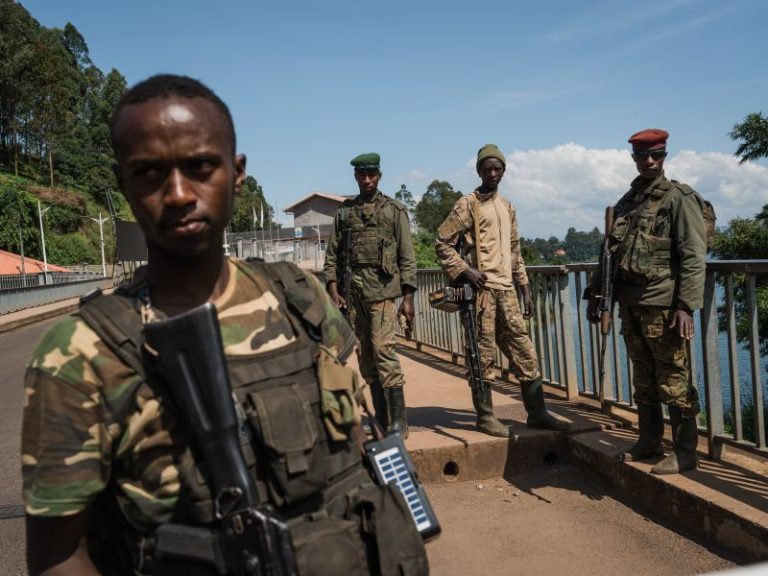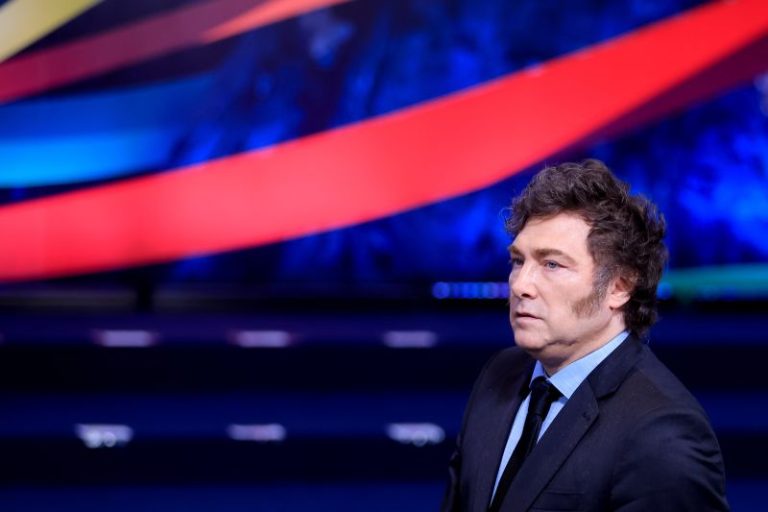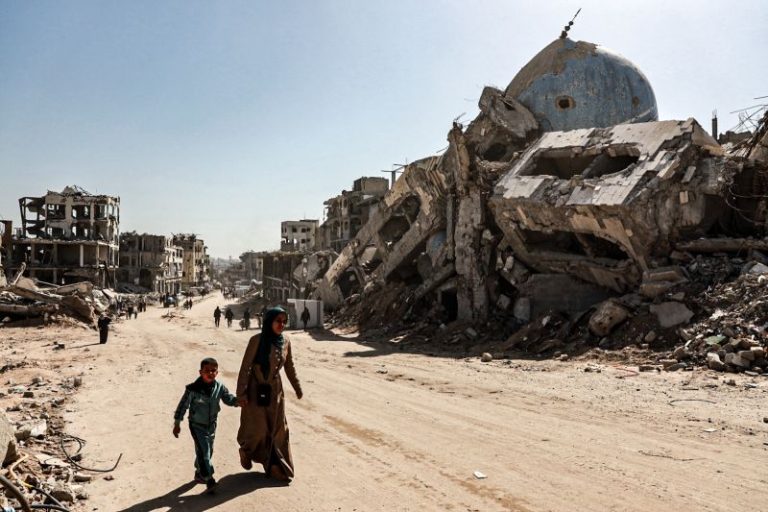Argentine President Javier Milei is facing withering criticism, including some calls for impeachment, after promoting a new cryptocurrency on his social media account.
In a since-deleted post from his personal account on X on Feb. 14, Milei shared a link to a site where users could purchase a cryptocurrency called $LIBRA, a coin attached to a new initiative called Project Libertad, whose website indicates funds from the coin launch were designed to support Argentine businesses.
In his post, Milei indicated the coin and the project would help the country’s economy and small businesses.
Soon after launching, the coin’s price rose from about $0.22 to more than $5. Yet within an hour of the launch, buyers began to notice sales from early purchasers, and the price tanked some 70%.
According to crypto analytics firm LookOnChain, eight digital wallets linked to early trading of the coin cashed out a total of $107 million, while data reported by crypto news site ICOBench showed some 60 individual traders each lost more than $500,000, while 24 traders lost at least $1 million.
Today, LIBRA coin is worth about $0.30 according to CoinMarketCap.com.
The timeline of events has led to accusations on social media that the coin’s developers, or those with early awareness of the project, executed a “rug pull” on later buyers, to whom they knew they could sell at a higher price.
Representatives for the project did not respond to a request for comment.
The situation has drawn some parallels with President Donald Trump’s promotion of a cryptocurrency just prior to taking office; that coin, TRUMP, has fallen in value by some 80% to about $16 from its immediate post-launch high of nearly $78.
However, while early backers of TRUMP coin also saw large windfalls, the project was more transparent about its ownership structure.
In a post on X, Hayden Davis, an American, denied accusations of wrongdoing in launching LIBRA and accused Milei himself of reneging on the project.
“It is crucial to recognize that memecoin investments are driven by trust and endorsement,” Davis wrote. “When Milei and his team deleted their posts, investors who had purchased the token based on their trust in his endorsement felt betrayed. This led to a wave of panic selling, further exacerbating the situation. The sudden loss of confidence had a catastrophic impact on the token’s market stability.”
Davis did not respond to a request for additional comment.
On Saturday, Milei’s official account posted a lengthy description of what had occurred, stating that Milei himself has since invoked Argentina’s anti-corruption investigator to look into the matter, including the president’s own involvement.
In a television interview Monday, Milei admitted he had likely erred in promoting the coin.
“I’m a techno-optimist . . . and this was proposed to me as an instrument to help fund Argentine projects,” he said according to the Financial Times. “It’s true that in trying to help out those Argentines, I took a slap in the face.”
His office said that while he had met twice with representatives of the project, he was never involved in its development.
“The most interesting lesson is that . . . I need to put up more filters, it can’t be so easy for people to reach me,” Milei said in the interview.
While some analysts say getting enough votes to pass impeachment articles may be unlikely, Milei’s opposition is already pouncing on the incident, with one coalition calling it “a scandal without precedent” and another group for the creation of an independent commission, according to The New York Times.
Milei was the first foreign leader to meet Trump after the November election, and has developed what some have called a “bromance” with Elon Musk. Milei pioneered a new government agency, the Ministry of Deregulation and State Transformation, last year that has parallels with the Department of Government Efficiency Musk has spearheaded.
Milei took office in December 2023 promising to tackle his country’s longtime inflation woes. Although some progress has been made, the country’s poverty rate has also increased.

